Advantages and disadvantages of gate valves:
(1) Advantages:
① Strong on-off capability: The gate valve has a large flow on-off capability, which can completely open or close the fluid channel and reduce the pressure loss of the fluid.

② Good sealing performance: The gate valve adopts metal-to-metal sealing or gasket sealing between the valve plate and the valve seat, which can provide better sealing performance and prevent leakage.
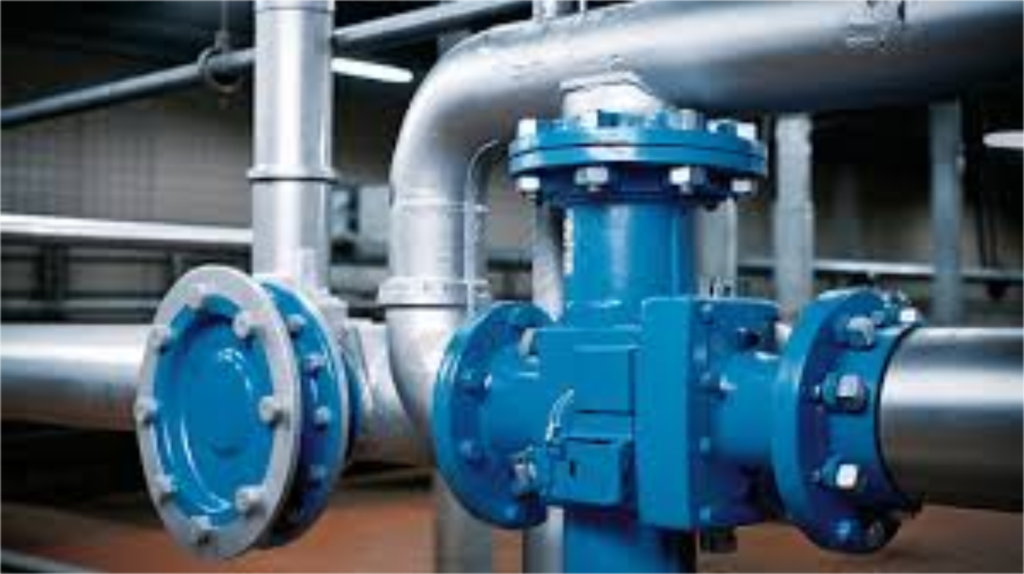
③ Simple and reliable structure: The gate valve has a relatively simple structure, consists of a small number of parts, is easy to manufacture and maintain, and has high reliability.
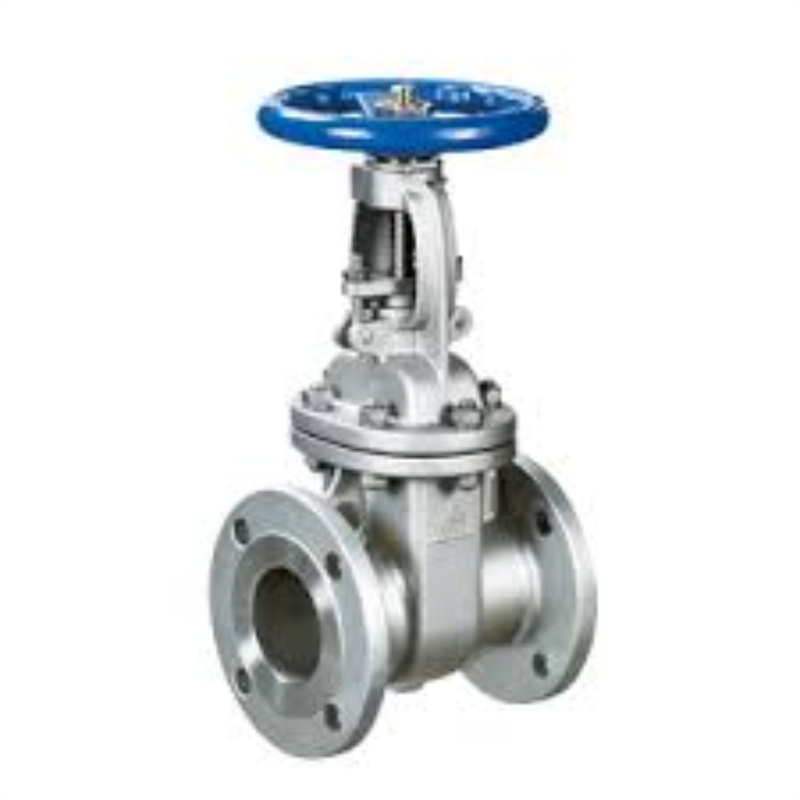
④ Small resistance: The flow channel of the gate valve is usually straight-through. When the gate valve is fully opened, the resistance to the fluid passing through is small and almost no pressure loss is caused.
⑤ Good corrosion resistance: The valve body and valve plate of the gate valve are usually made of corrosion-resistant materials, such as stainless steel, copper alloy, etc., which have good corrosion resistance.
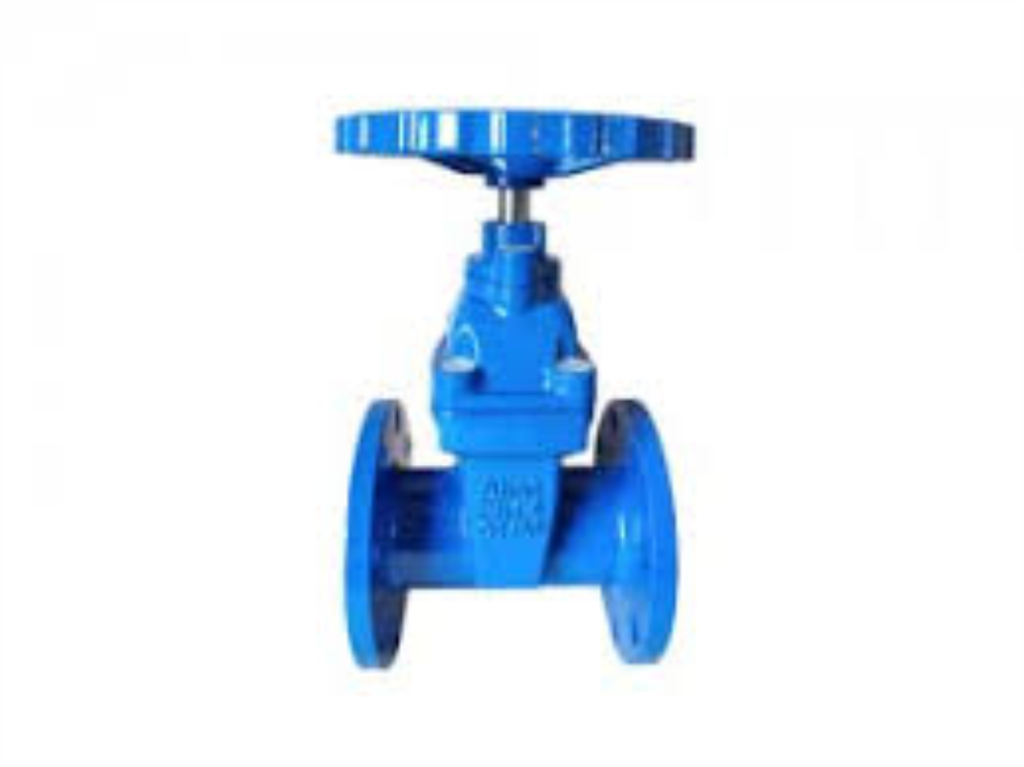
(2) Disadvantages:
① The switching operation is relatively slow: The switching operation of the gate valve requires rotating the valve stem to lift or press the valve plate from the fluid channel. Therefore, the switching operation is relatively slow and is not suitable for systems that require fast response.
②) Low control accuracy: The gate valve has relatively low adjustment accuracy and is not suitable for fine control systems with high flow or pressure requirements.
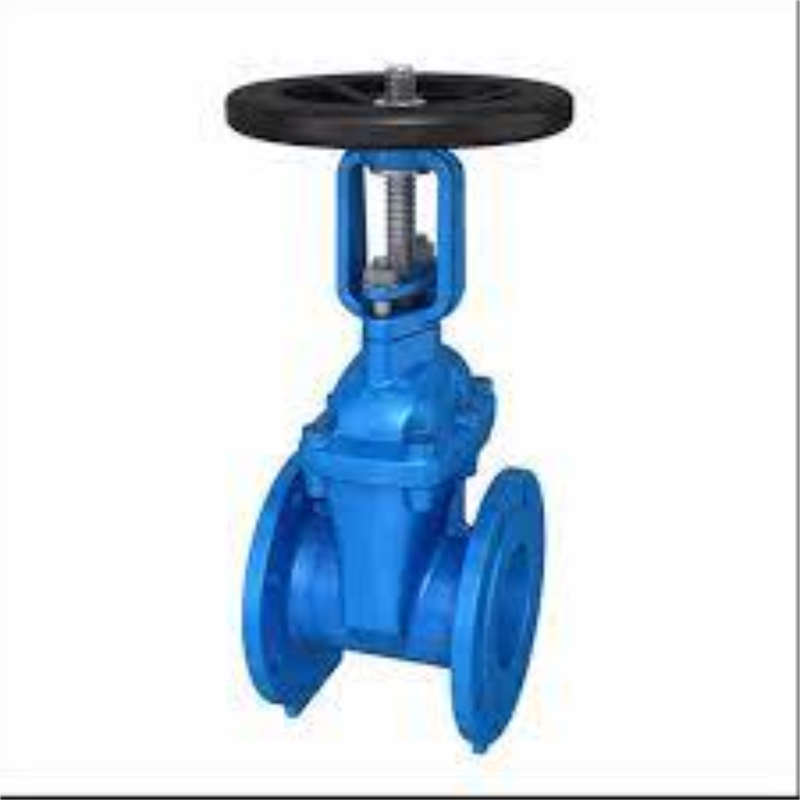
③ Leakage risk: Due to the gap between the valve disc and the valve seat of the gate valve, there may be a small leakage when the valve disc is closed, especially under low pressure or high temperature conditions.
④ Larger size: Compared with other types of valves, such as ball valves or butterfly valves, gate valves are larger in size and require more installation space.
⑤ Heavy weight: The gate valve has a relatively heavy structure and imposes a heavy load on the pipeline system.
②) Low control accuracy: The gate valve has a relatively low adjustment accuracy and is not suitable for fine control systems with high flow or pressure requirements.
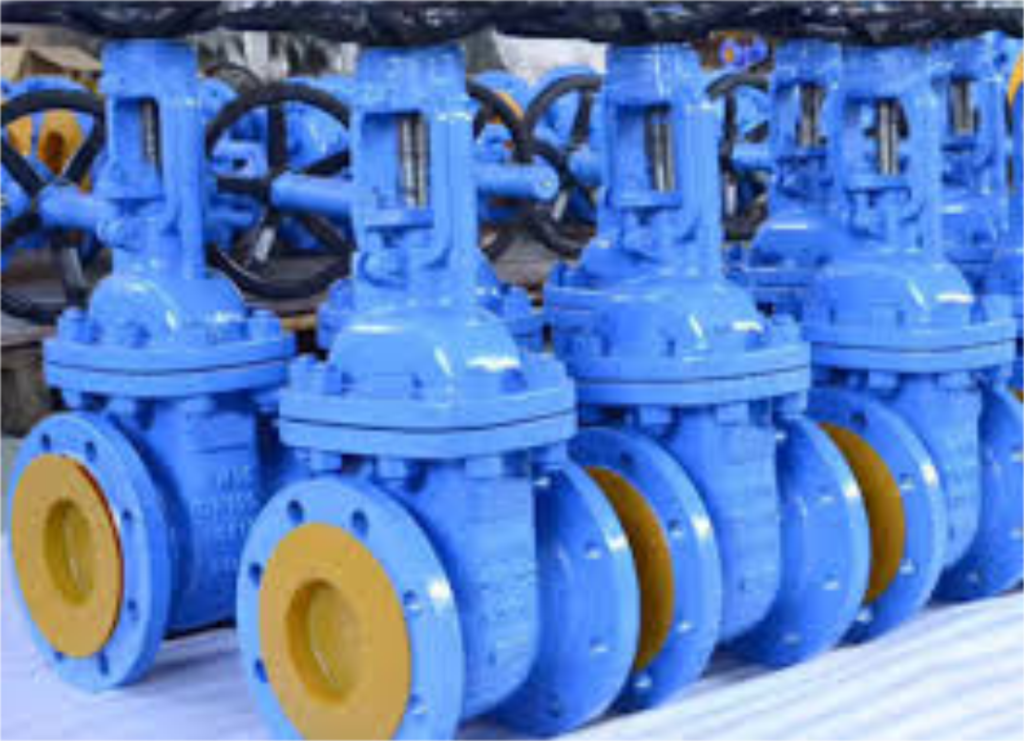
③ Leakage risk: Due to the gap between the valve disc and the valve seat of the gate valve, there may be a small leakage when the valve disc is closed, especially under low pressure or high temperature conditions.
④ Larger size: Compared with other types of valves, such as ball valves or butterfly valves, gate valves are larger in size and require more installation space.
⑤ Heavy weight: The gate valve has a relatively heavy structure and imposes a heavy load on the pipeline system.
In general, gate valves have better performance in some specific working conditions, such as those requiring better sealing performance, high temperature and high pressure resistance, etc. However, in situations where fast response, fine control or complex media are required, other types of valves may need to be considered.
